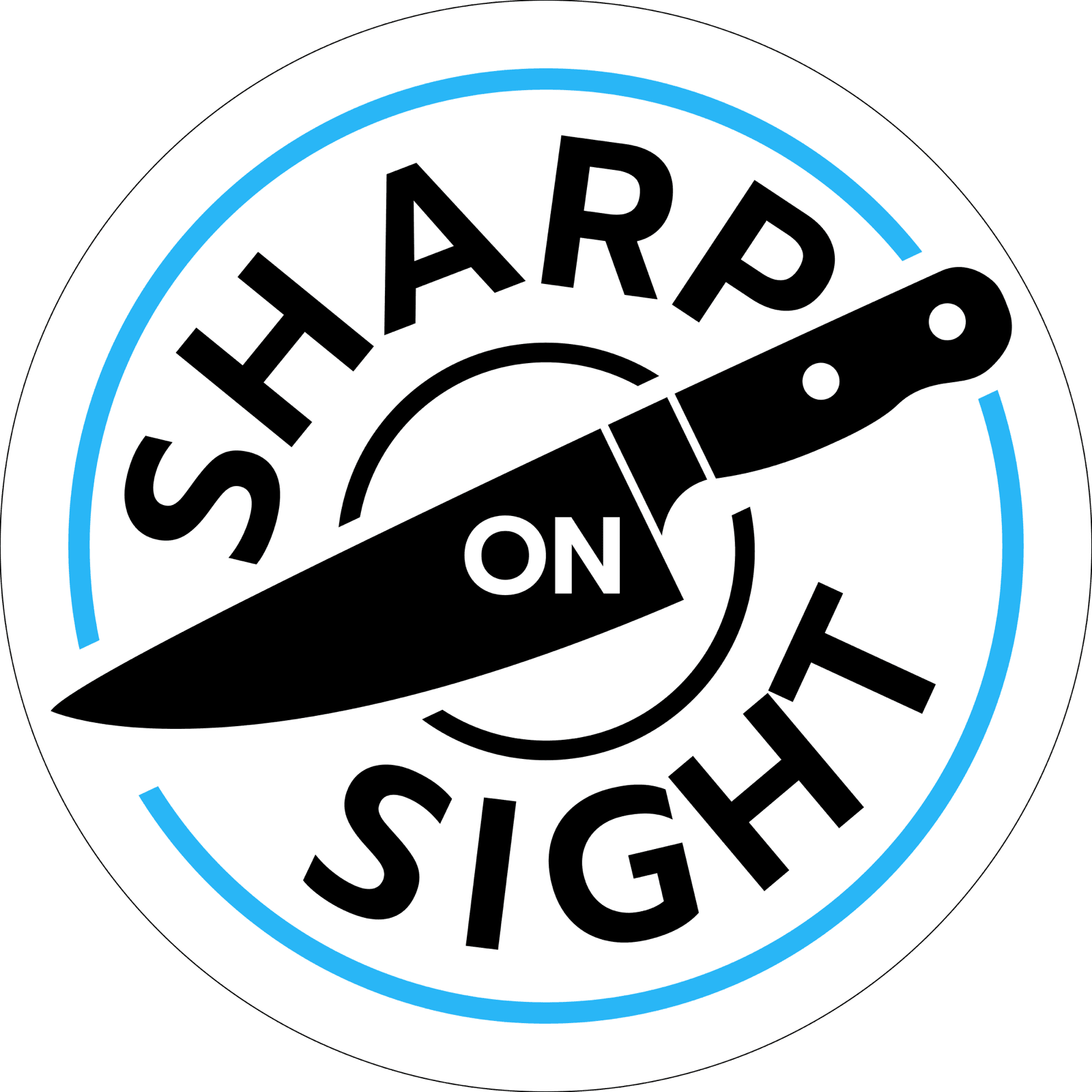The Art and Science of Hand Sharpening Knives: Techniques for Optimal Blade Performance

When it comes to maintaining the sharpness of knives, there's a world of difference between a quick fix and the meticulous artistry of hand sharpening. Whether you're a professional chef or an avid home cook, mastering the techniques of hand sharpening can elevate your culinary experience. Here’s why hand sharpening, with its focus on angles, techniques, and geometry, offers unparalleled advantages for knife enthusiasts:
Precision Angle Control
One of the primary benefits of hand sharpening lies in the ability to control the sharpening angle precisely. Different knives require different angles to achieve optimal sharpness. For instance, a chef’s knife might typically be sharpened at around 15 to 20 degrees per side, while a Japanese Santoku knife may benefit from a more acute angle. By using sharpening stones or systems that allow for angle adjustments, you can tailor the sharpness to suit the specific needs of each knife, ensuring maximum cutting efficiency and longevity of the blade.
Preserving Knife Geometry
Hand sharpening allows you to preserve the original geometry of the knife blade. Factory-made knives often come with distinct bevels and edge profiles that contribute to their cutting performance. Automated sharpening methods, while efficient, may inadvertently alter these profiles. By hand sharpening, you maintain the integrity of the knife’s design, which is crucial for maintaining balance, edge retention, and overall cutting precision.
Mastery of Techniques
Hand sharpening is as much an art as it is a science. It requires patience, practice, and a keen understanding of knife anatomy. Techniques such as the burr method, where a burr forms along the edge indicating that the knife is sufficiently sharpened on one side before switching to the other, ensure a consistent and sharp edge. Additionally, mastering techniques like stropping—a method of polishing the blade edge on leather or a fine abrasive compound—helps refine the edge further, achieving razor-sharp results that endure through prolonged use.
Enhanced Knife Longevity
Properly hand sharpened knives often enjoy extended longevity compared to those sharpened through automated methods. The controlled approach minimizes the removal of excess metal, reducing wear and tear on the blade over time. This not only saves money on frequent replacements but also ensures that your knives remain reliable tools in the kitchen or wherever they’re used.
Personalized Sharpening Experience
Perhaps the most rewarding aspect of hand sharpening is the personalized experience it offers. Each knife sharpened by hand receives individual attention, tailored to its unique characteristics and the preferences of its user. This hands-on approach fosters a deeper connection between the chef and their tools, enhancing the overall cooking or cutting experience.
While automated sharpening methods provide convenience, hand sharpening offers a level of precision and customization that can significantly enhance your knife’s performance and longevity. By mastering proper angles, techniques, and respecting the knife’s geometry, you not only ensure a sharp edge but also elevate your culinary skills to new heights. Embrace the art of hand sharpening—it’s a journey that every knife enthusiast should embark upon.
Message Sharp On Sight | Local Sharpening Pros
Ready for Razor-Sharp Precision?
Whether you're looking for a quote or just have a question, I'm here to help. Reach out, and let's bring those edges back to life.
